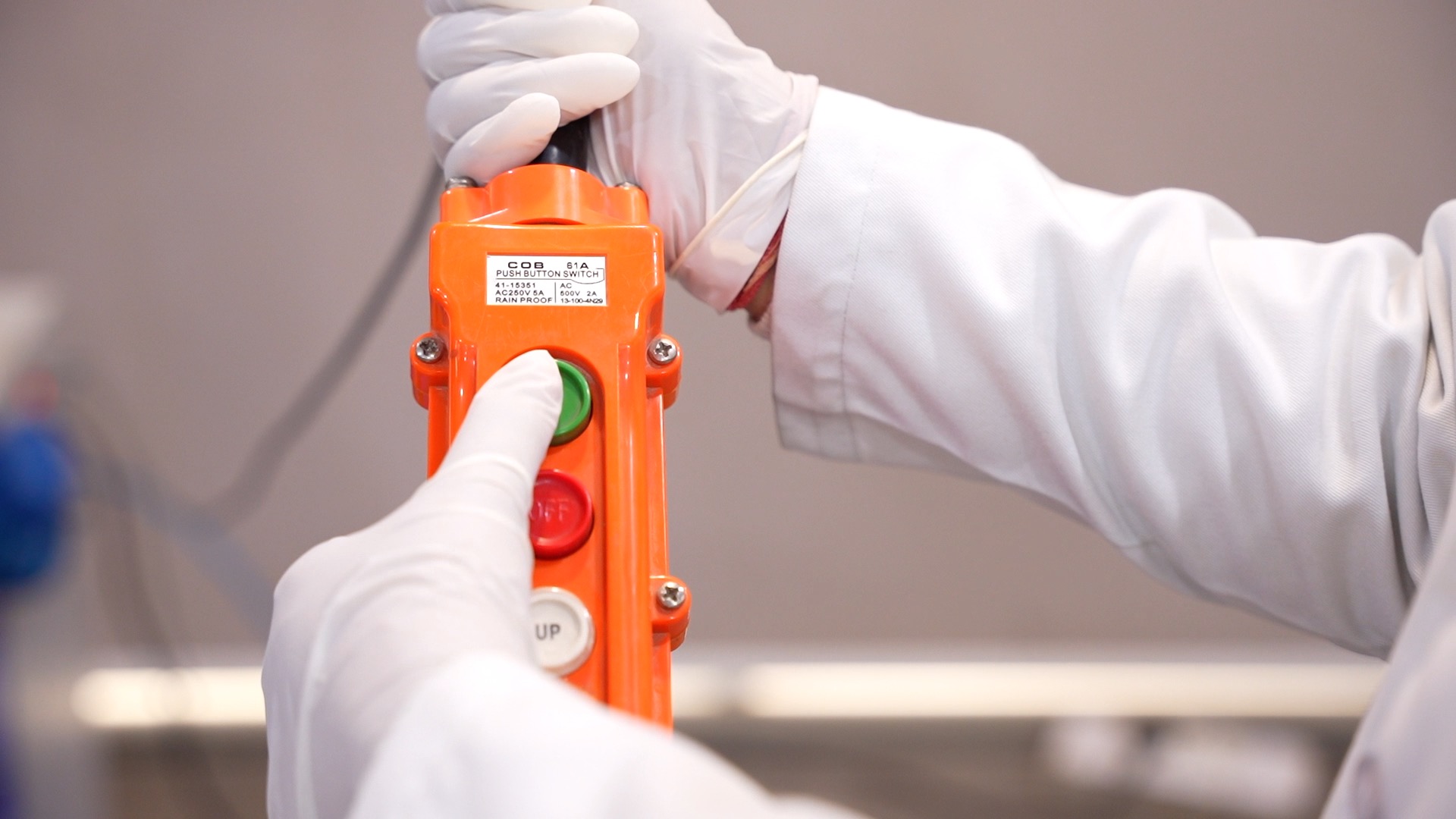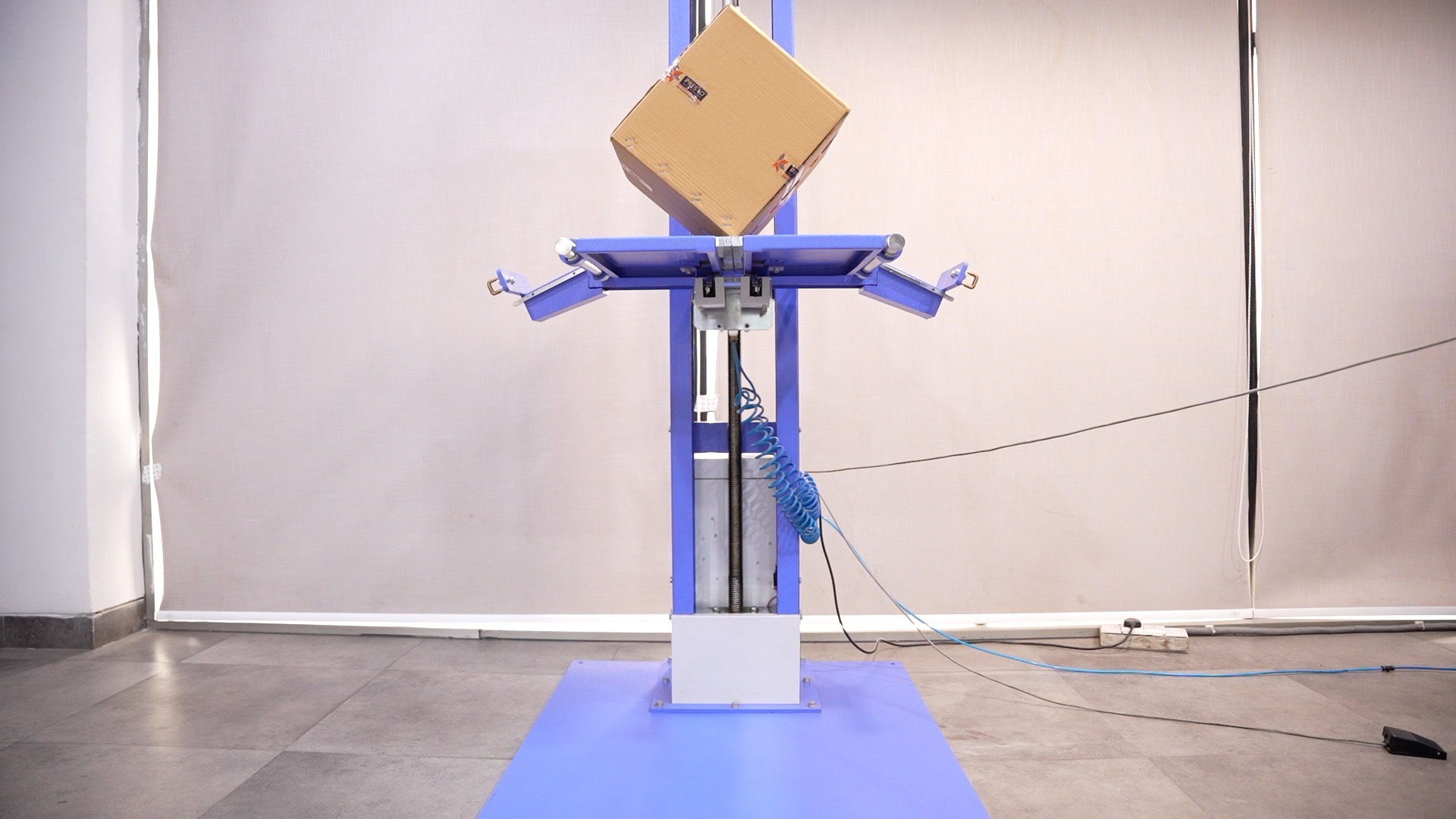
In today’s aggressive marketplace, making sure of product sturdiness and resilience is more vital than ever. One of the important things contraptions used to evaluate (attributes) is the drop tester. This tool simulates the effect forces that merchandise may enjoy in the course of coping with, shipping, or regular use. This blog explores the significance of drop testers, their operation, uses throughout diverse industries, and solutions to a few often-requested inquiries to offer a complete knowledge of this critical testing equipment.
A drop tester is frequently used to assess how a product can face effects from drops or shocks. This is important for making sure that merchandise, in particular the ones which are fragile or sensitive, do under regular conditions. For example, electronics and packaging substances are regularly examined to affirm that they can undergo drops from particular heights without harm.
Manufacturers use drop testers as a part of their proper management system to make certain that merchandise meets enterprise requirements and specifications. By simulating real drop scenarios, businesses can pick out capability weaknesses or layout flaws before merchandise reaches consumers. This enables stopping high-priced losses, repairs, or recalls and complements standard product reliability.
Certain industries have regulatory necessities that mandate effect resistance testing. Drop testers assist in making certain that merchandise follows those regulations, which are critical for marketplace access and customer safety. For example, packaging for risky substances should meet stringent effect resistance requirements to save you from leaks or spills.

The system starts with putting in place the drop test machine. This includes positioning the product inside the testing place and adjusting the tester to the preferred drop-top. Drop testers generally include a platform or floor in which the product is positioned and a mechanism to launch it from a predetermined top.
Once the product is in place, the drop tester releases it from the required top, permitting it to fall onto the floor. The effect forces generated in the course of the drop are recorded and analyzed to decide the product's resistance to harm. The top from which the product is dropped can vary depending on the testing requirements and the characteristics of the product.
After the drop test, the product is inspected for any symptoms of harm or failure. The effects are related to predefined standards or enterprise requirements to evaluate whether or not the product meets the desired effect resistance. Data accrued in the course of the test, including effect pressure and ensuing harm, is analyzed to make knowledgeable selections on product layout or quality improvements.
These checks assist in perceiving capability vulnerabilities in tool layout and make certain that defensive casings and inner additives can bear real use without compromising functionality.
Drop testers are essential in the packaging enterprise to evaluate the sturdiness of packaging substances and designs. Packaging is subjected to diverse managing and transportation conditions, and drop checks simulate those situations to make certain that the packaging can defend its contents from damage. This is especially essential for fragile gadgets like glass bottles, electronics, and scientific supplies.
In the car enterprise, drop testers are used to assess the effect resistance of additives consisting of dashboards, infotainment systems, and outdoor elements. These checks assist in making certain that car elements can resist the effects of regular use and unintentional impacts, contributing to average car protection and longevity.

There are numerous styles of drop testers, every one designed for every unique testing need:
The drop-top is decided primarily based on numerous factors, consisting of enterprise requirements, product specifications, and testing objectives. Standards consisting of ASTM (American Society for Testing and Materials) or ISO (International Organization for Standardization) offer pointers for drop heights, relying upon the sort of product and its supposed use. For example, electronics are probably examined from a top of one meter, whilst packaging is probably examined from higher heights to simulate transport conditions.
The frequency of drop assessment relies upon the level of product improvement and production:
Drop testers are vital gear for comparing product sturdiness and making sure of quality throughout numerous industries. By simulating real impacts, these machines assist producers in perceiving weaknesses, enhancing product design, and observing regulatory requirements. Understanding the operation and applications of drop testers, in conjunction with addressing commonplace questions, equips producers and researchers with the understanding to efficiently use these gear and supply reliable, resilient merchandise to the market. Whether you are in electronics, packaging, or automotive, learning drop testing is critical for attaining product excellence and purchaser satisfaction.
Want to know the drop tester price? Reach out to us by phone at +919210903903 or by directly dropping us an e-mail at info@prestogroup.com.
Our latest product catalogue cum company profile is now
available to download. Where should we send your FREE copy?
